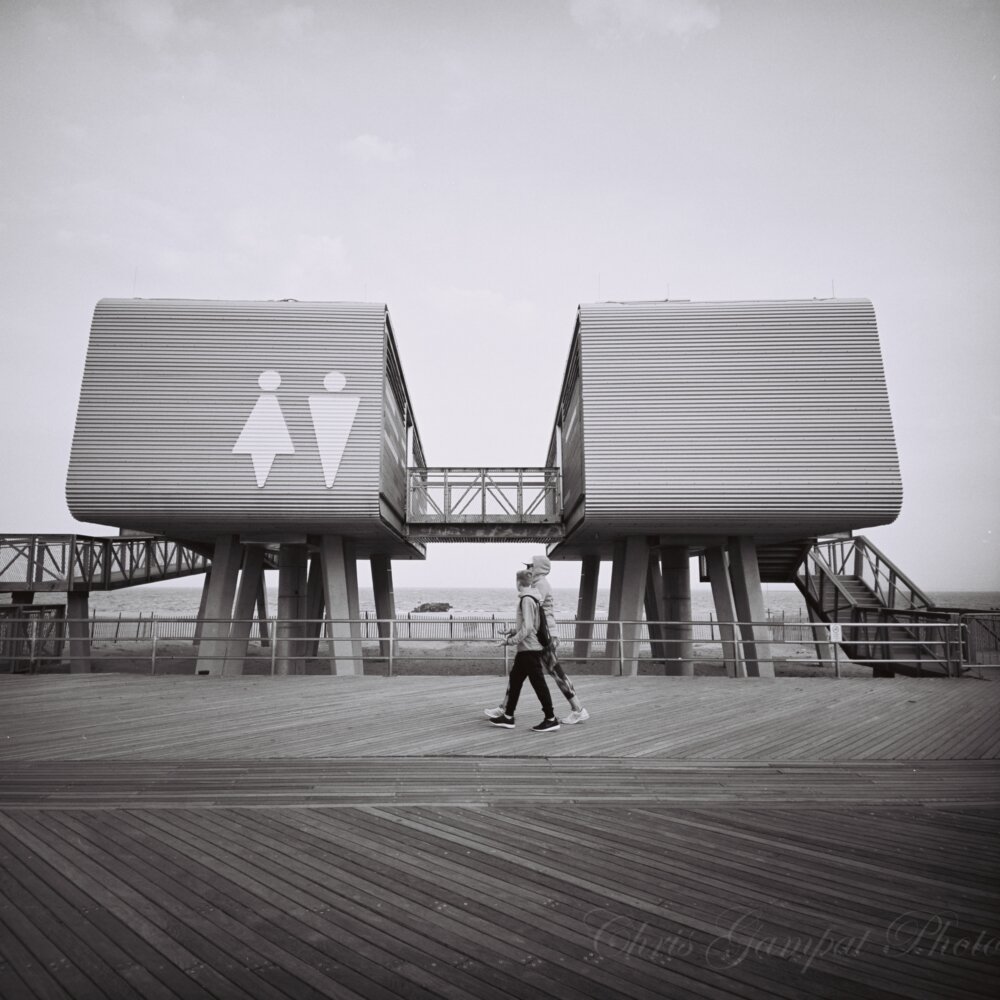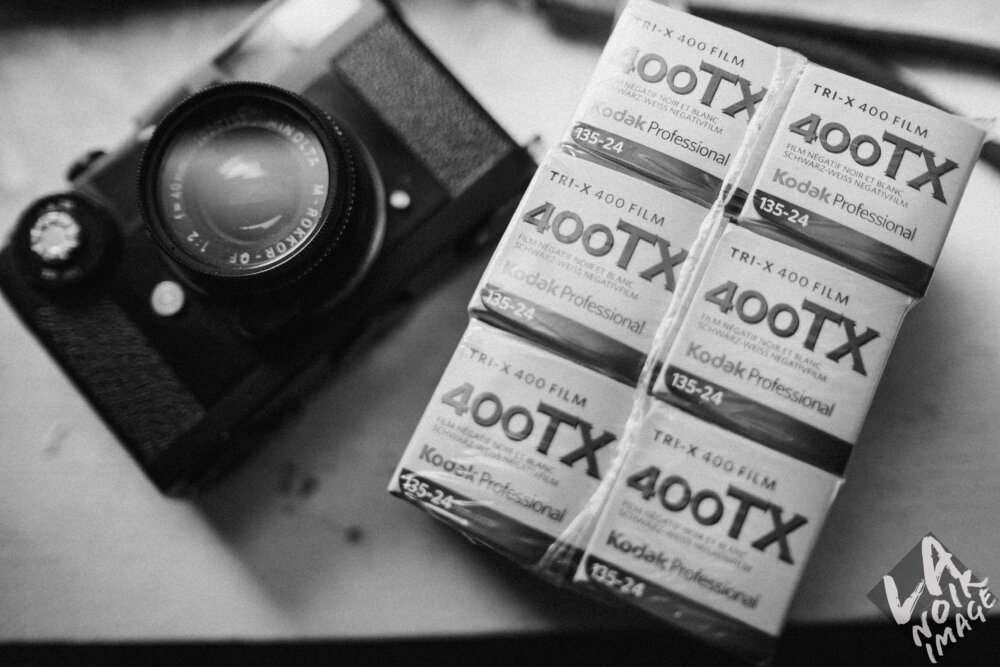The Modern Photographer’s Guide to Kodak Tri-X (Premium)
Lead photo by .
For many years, photographers everywhere trusted Kodak Tri-x not only for its reliability, but also because it was simply just an incredible black and white film emulsion. Over the years it evolved and these days only the ISO 400 variant still remains. It’s a high speed film that is still in use with street photographers, documentary photographers, and well honestly a lot more than that. It’s prized for its look combined with it’s price point.
Now, with a new breed of photographers who started in digital and now getting into analog coming to the fore, there are most likely a lot of questions that they would like answered about Kodak Tri-X. Here is our intro to the legendary film.
Who Shoots Kodak Tri-X?
While Kodak Tri-X isn’t in as widespread use with photojournalists as it was years ago, there are still a number of photographers who use it. Don’t look to places like National Geographic, Getty, and others. Instead, think a bit more boutique. Many of the photographers who make up Magnum Photos use and love Kodak Tri-X to this day. The reason for this has to do with the fact that their work can be done at a slower pace. It isn’t necessary to have a super fast turnaround like many of the others out there. In addition to this, there are a number of modern day street photographers, documentary photographers and others that still prefer the look of Kodak Tri-X. For example, photographer Eric Kim loves and still uses a lot of Kodak Tri-x. More famously, Gary Winogrand used Kodak Tri-x and his usage of the film has continued to influence many other photographers after him.
Many enthusiasts who shoot and develop their own hobbyist projects particularly enjoy the look that Kodak Tri-X gives them in addition to the overall analog experience.
What Makes Kodak Tri-X So Special?
There’s quite a bit to Kodak Tri-X that makes it so special of a film. First off, there’s a fantastic reason why schools used to teach students how to shoot using this film. Kodak Tri-x is incredibly forgiving and has a whole lot of latitude. You can push it and pull it “for forever” and you’ll still be able to get great photos. It’s what concert photographers, photojournalists and others have used it for so long.
Then you can consider just how easy it is to develop. Black and white photo development overall is pretty simple vs color developing. In fact, a lot of photographers who still shoot Kodak Tri-X tend to develop their film at home if they have the means to do so. Depending on what you use to develop it, you can also get some really great looks. Want that really characteristically grainy look? Go for Rodinal.
Combine this with the fact that it is so highly tied to history and you’ve got yourself a winner. Photographers for years have used Kodak Tri-X to document some of the most important photos in history.
Kodak Tri-x’s overall versatility has made it prized and loved by many portrait, landscape, and photojournalism photographers. It really, really is pretty awesome.
How Long Has Kodak Tri-X Been in Use?

Kodak Tri-X has been in use since the 1940’s and started in one way or another to be used by war photographers over in Europe who toted along their Leica rangefinders to capture photos of the horrors over there. The emulsion evolved over time though with the needs of various photographers. There were different grades and sensitivities of the film available. But the only one available today is in ISO 400. It’s also arguably the most versatile of the bunch.
When digital photography started to become more common place, Kodak Tri-x usage dwindled. With Kodak cutting a lot of films out of its lineup over the years, Tri-X still continued to be strong. And with Analog’s revival of sorts, there are new photographers discovering Kodak Tri-x every day.
Where Can Kodak Tri-X be developed?
This is honestly one of the biggest concerns of so many photographers out there: where will I get it developed?
Before I go on, we published a piece on setting up a darkroom at home a little while back. Go check it out.
However, there are a number of places where photographers can get Kodak Tri-x developed. No matter where you’re located, will do it for you. Also, is pretty amazing at it. You won’t have much of a problem working with the film at all on your own though if you want to give it a try. However, if you don’t have a local film development lab at all, you should try those two options.
How do You Use Kodak Tri-x?

Sounds like a stupid question, right? You’d be amazed how much it appears on the web though. So here goes.
Kodak Tri-X is a black and white negative ISO 400 film. It is designed to be very forgiving and can easily be rated at ISO 400. Like color negative films, some photographers like rating it at ISO 200 and developing it for ISO 320. However, you can easily shoot Kodak Tri-X at ISO 100, ISO 200, ISO 800, ISO 1600, and I’ve even seen it done to ISO 3200. In fact, some photographers go beyond this. Kodak Tri-X is capable of retaining a lot of details but gets grainier and grainier the more you push it (go up in ISO levels) vs pulling it (go down in ISO levels.) Part of all this also comes from how you develop the film.
For what it’s worth, Kodak Tri-x was developed during a time when shutter speeds weren’t so variable. Kodak recommends that in full, bright sunlight that you shoot it at ISO 400 1/500th and f16. According to the rules of Sunny 16, that’s slightly underexposed. But don’t worry, Tri-X can handle it.
You can see more about this at , which will also share information about how to develop the film.
Why Shoot Kodak Tri-X vs the Digital Emulation Simulations?
Sadly, no matter how hard they try no one can get Kodak Tri-X right when it comes to developing a simulation of the emulsion to be applied to image profiles in Adobe Lightroom or Capture One. Arguably speaking, RNI Films comes the closest. But that’s just my opinion. Kodak Tri-X though is a film that really can’t truly be replicated no matter how hard you seem to try; especially as you push or pull the film. Digital simply can’t mimic the look of the grain structure, etc.
When pushed, Digital cameras and photography also can’t retain the details in scenes that Kodak Tri-X can. When you use it in 120 or large format offerings, you’re going to get even better results.
What types photographers is Kodak Best For?

Image by
This is a very complicated question; but in truth, Kodak Tri-X is so versatile that I’d recommend it for every type of photographer out there. However, if you’re the type of try to capture a scene, then go for 35mm. If you’re the type to go slow and create a scene on film, go for 120 and large format.
